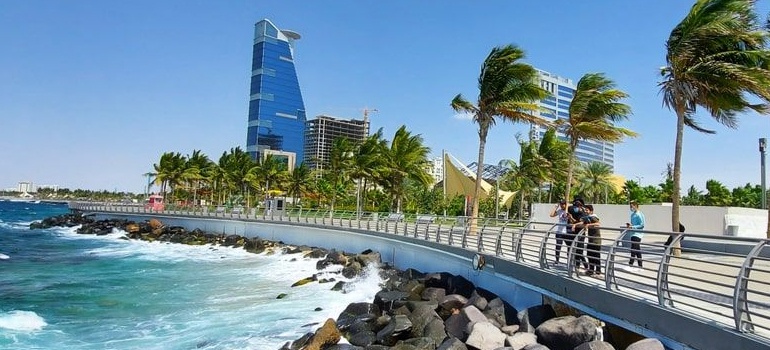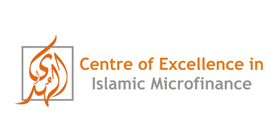
About Saudi Arabia
Saudi Arabia, officially the Kingdom of Saudi Arabia (KSA), is a country in West Asia. It covers the bulk of the Arabian Peninsula, and has a land area of about 2150000 km2 (830000 sq mi), making it the fifth-largest country in Asia, the second-largest in the Arab world, and the largest in West Asia and the Middle East. It is bordered by the Red Sea to the west; Jordan, Iraq, and Kuwait to the north; the Persian Gulf, Qatar and the United Arab Emirates to the east; Oman to the southeast; and Yemen to the south. Bahrain is an island country off its east coast. The Gulf of Aqaba in the northwest separates Saudi Arabia from Egypt and Israel. Saudi Arabia is the only country with a coastline along both the Red Sea and the Persian Gulf, and most of its terrain consists of arid desert, lowland, steppe, and mountains. Saudi Arabia's capital and largest city is Riyadh; the kingdom also is the location of Islam's two holiest cities of Mecca and Medina.
Pre-Islamic Arabia, the territory that constitutes modern-day Saudi Arabia, was the site of several ancient cultures and civilizations; the prehistory of Saudi Arabia shows some of the earliest traces of human activity in the world. The world's second-largest religion, Islam, emerged in what is now Saudi Arabia. In the early 7th century, the Islamic prophet Muhammad united the population of the Arabian Peninsula and created a single Islamic religious polity. Following his death in 632, his followers rapidly expanded the territory under Muslim rule beyond Arabia, conquering huge and unprecedented swathes of territory (from the Iberian Peninsula in the west to parts of Central and South Asia in the east) in a matter of decades. Arab dynasties originating from modern-day Saudi Arabia founded the Rashidun (632–661), Umayyad (661–750), Abbasid (750–1517), and Fatimid (909–1171) caliphates, as well as numerous other dynasties in Asia, Africa, and Europe.
The area of modern-day Saudi Arabia formerly consisted of mainly four distinct historical regions: Hejaz, Najd, and parts of Eastern Arabia (Al-Ahsa) and South Arabia ('Asir). The Kingdom of Saudi Arabia was founded in 1932 by King Abdulaziz (known as Ibn Saud in the West). He united the four regions into a single state through a series of conquests beginning in 1902 with the capture of Riyadh, the ancestral home of his family, the House of Saud. Saudi Arabia has since been an absolute monarchy, where political decisions are made on the basis of consultation among the King, the Council of Ministers, and the country's traditional elites that oversee a highly authoritarian regime. The ultraconservative Wahhabi religious movement within Sunni Islam was described as a "predominant feature of Saudi culture" until the 2000s. In 2016, the Saudi Arabian government made moves that curtailed the influence of the Wahhabi religious establishment and restricted the activities of the morality police, launched the economic programme of Saudi Vision 2030 in an attempt to enhance and revive social development and build a more robust and effective society. In its Basic Law, Saudi Arabia continues to define itself as a sovereign Arab Islamic state with Islam as its official religion, Arabic as its official language, and Riyadh as its capital.
Read More


